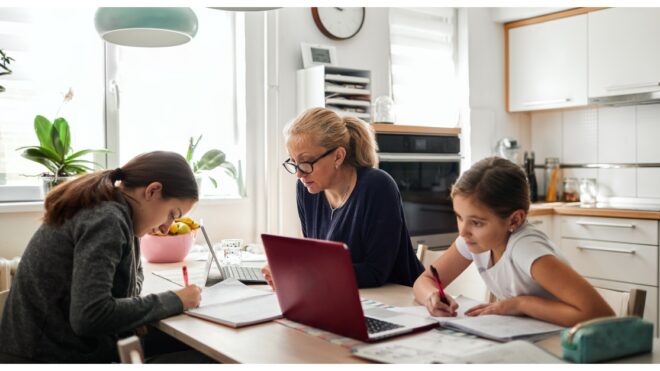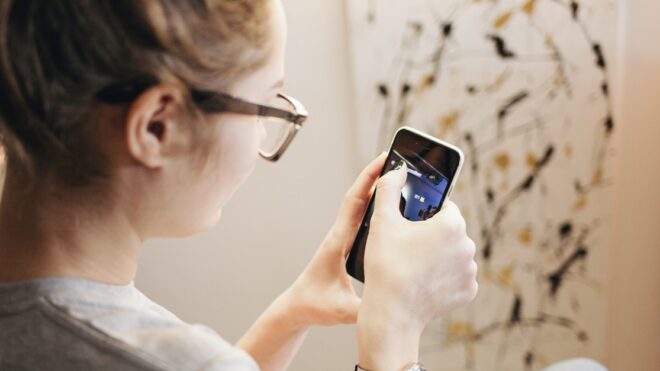
Schools in many parts of the United States have reopened or are preparing to, which means that educators, administrators, and students are now seeing their schools' health crisis plans put into action. For some, this is reassuring; their schools are working hard to stick to a plan, and it's paying off. For others, it's terrifying, since their schools are completely failing.
For every story about a virus-related win, it seems like there are at least three about a virus-related failure. Alabama's two chief universities, Auburn University and the University of Alabama, have both reported a startling increase in virus cases. Auburn in particular has seen a five-fold increase in positive cases since returning to in-person learning in early August.
In Georgia, a second-grader went back to school and ended up testing positive for the virus the first week. He, his teacher, and his classmates were immediately ordered to isolate at home for two weeks, and the possibility of this happening over and over again is certainly very real.
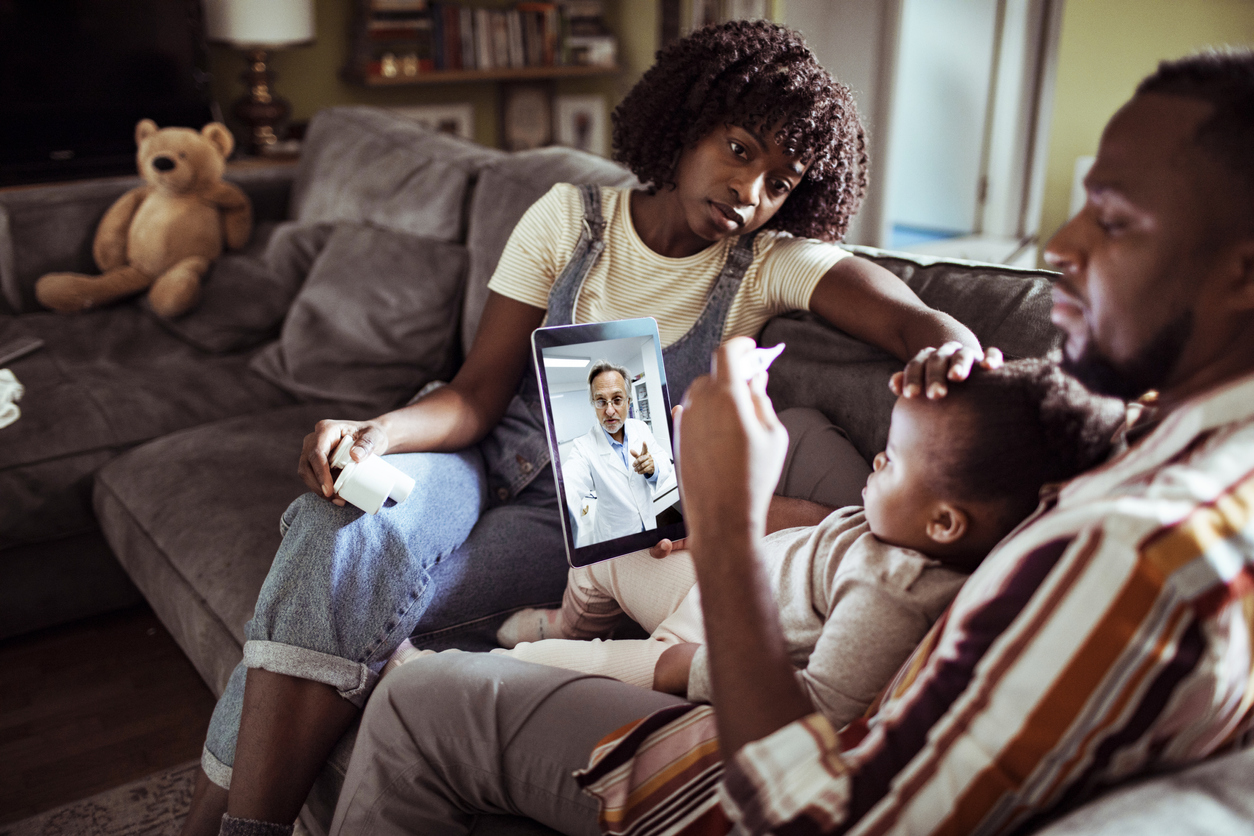
As of August 31, 2020, cases of the virus in children and teenagers are increasing dramatically — and so are pediatric hospitalizations and deaths. The data published by the New York Times was collected from May 21 to August 20 and indicates that pediatric cases of the virus have increased by 700%. Dr. Sean O'Leary, vice chairman of the American Academy of Pediatrics Committee on Infectious Diseases, believes that the increase is due to a higher infection rate in minors, not necessarily increased testing.
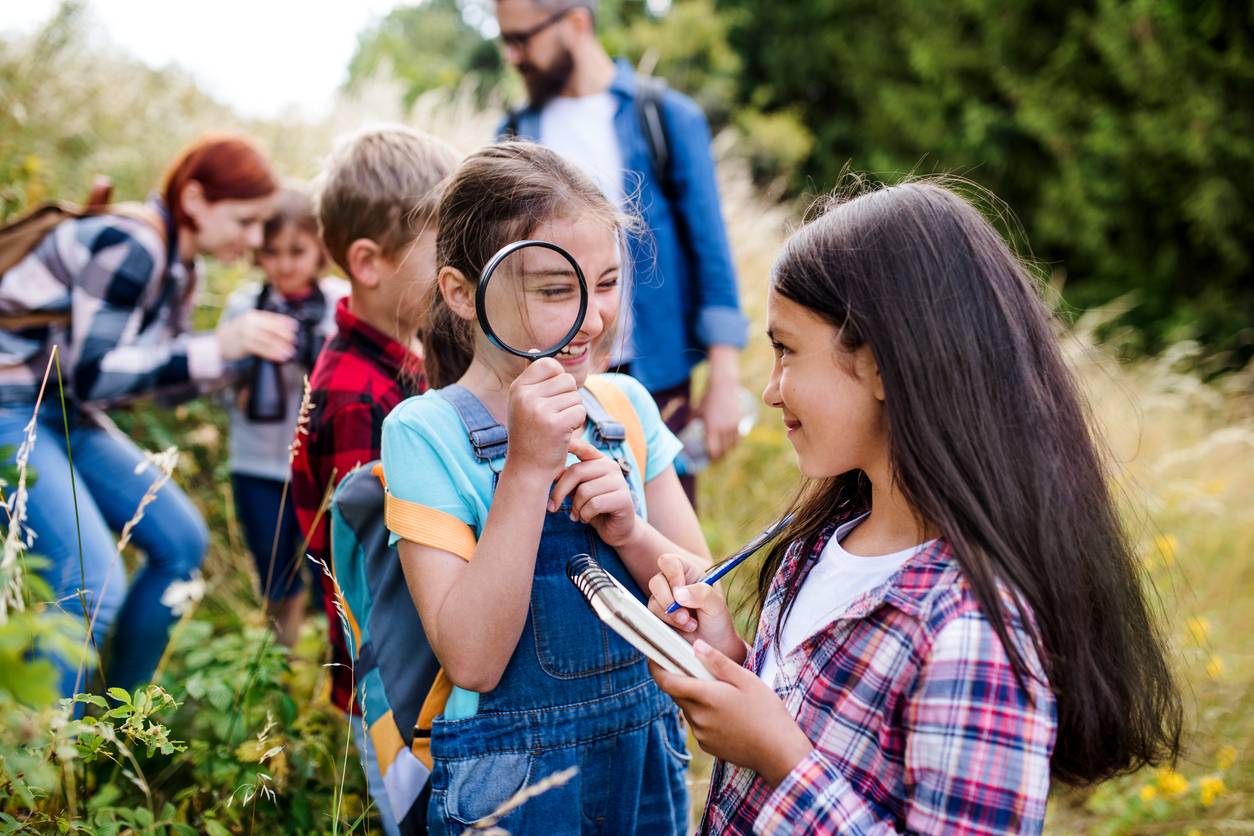
This news is especially relevant right now, particularly as many lawmakers have pointed toward the ostensibly lower likelihood of virus transmission in minors as the most compelling reason why students should return to in-person learning. This summer, 76% of the children at a sleepaway camp in Georgia were infected by the virus, and children between the ages of 6 and 10 were much more likely to have the virus than their older counterparts.
Of course, there are a lot of reasons why that could be true. One glaring possibility is simply that children between 6 and 10 are less likely to consistently and thoroughly wash their hands.
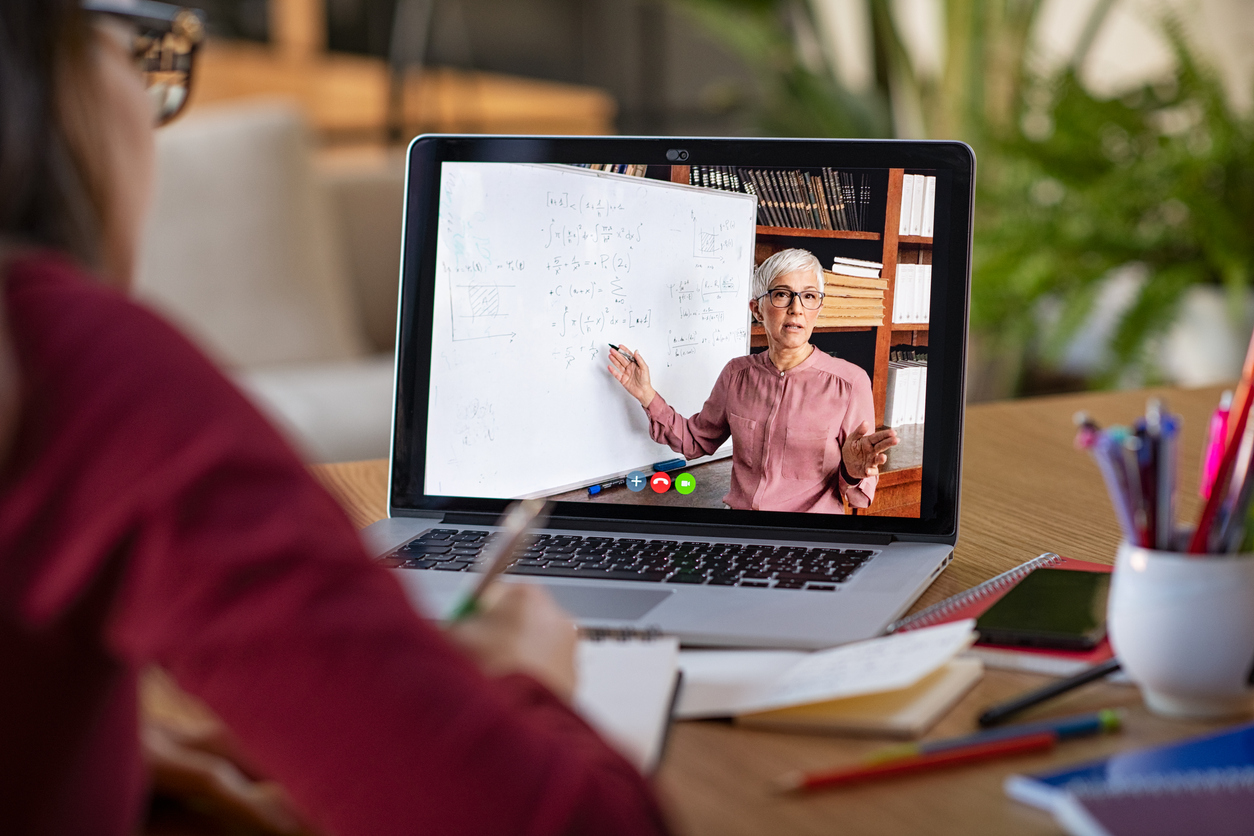
But when it comes to schools, the risk isn't just pressing for students — faculty, staff, and administrators are at an increased risk of both contracting and even dying from the virus. While it is crucial to make sure we are protecting our children as we debate returning back to school or not, it's also vital to ensure that the adults who work with children and teenagers are safe, too.

This is part of what has made the conversation surrounding reopening schools so fraught with tension. In a lot of cases, parents and schools have been pit against one another, or they at least feel like this is the case. A lot of schools have come up with excellent plans but have found that rolling out those plans is trickier than anticipated.

In a lot of cases, school administrators are able to see all of the moving pieces in terms of virus management. One woman, who has requested anonymity and who works as an academic coordinator in the University of California system, has noticed that, truthfully, not a lot has improved since late March, when schools and universities shut down in favor of remote learning.
While her school system told students that "most classes would be online with a few in-person and hybrid options, mostly labs," behind the scenes, the system had already decided that every offering would be remote-only. The school didn't communicate this to students until the very last minute, which meant that a lot of students who had opted to return to on-campus housing had to scramble to figure out where they would live.

This is already hard enough with a global health crisis raging, but the students in her school's system have other challenges they're facing, too.
"Many of our students are living at home in abusive or toxic family structures. Many of them are living with their parents sharing bedrooms with siblings, working part-time jobs to help their parents who were laid off, etc. They were counting on being able to get out and focus on school, and now everything is turned upside down for them, with one month before the fall session starts."
The students are also spread out all over the world, working from different environments and in different time zones, which makes fully remote learning even more challenging than it might otherwise be.

LittleThings also spoke with an educator who works at a community college in Colorado. Her school is attempting a mix of in-person and remote classes, and they've established a pretty rigorous on-campus experience for students to ensure health and safety.
There's a problem, though: Since it's a community college, students aren't living at the school. Most of the students come in contact with someone outside of the school's community daily, be it a friend, neighbor, partner, or child. Many of the students take classes at a nearby four-year university, which raises the likelihood that they'll contract the virus and bring it back to the community college. She worries that the school will end up switching to 100% remote classes in the end, but not until after more people have fallen sick and possibly died.

Of course, different school systems are facing different expectations and challenges, and there are positive stories out there, too. LittleThings spoke with a woman who is working as a remote learning coordinator for a high school in rural Illinois, and it sounds like her district actually has a solid handle on the situation.
She says that when it comes to taking the virus seriously, her school district's population is pretty evenly divided:
"I'm proud of my local school district, who I believe is doing the best they can with what they have. The reality is that our community is mixed between those taking the virus seriously and those who think it's just the flu."
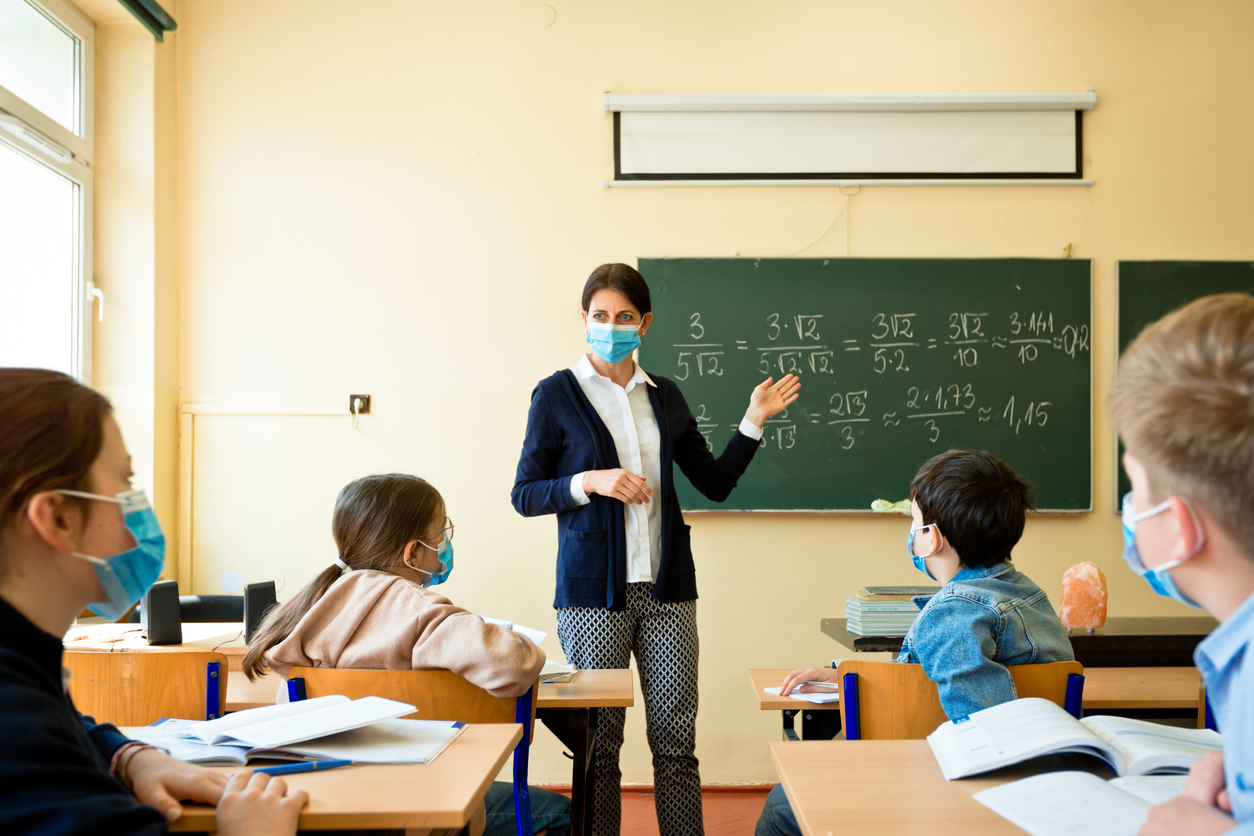
So the administrators have worked to walk the line between the two camps and come up with solutions that work for most people:
"It seems the administration heard the concerns of both sides of the community, where on one hand kids need to establish connections with their teachers, reconnect with friends, receive individualized instruction, and other things that only really happen in person.
"On the other hand, the administration is very cognizant of the risks with the virus. They have implemented as many safety measures as they can, provided masks and hand sanitizer, spaced students as far apart as recommended, maintaining strict seating charts and cleanliness of personal space, and have largely done away with passing out and turning in papers."
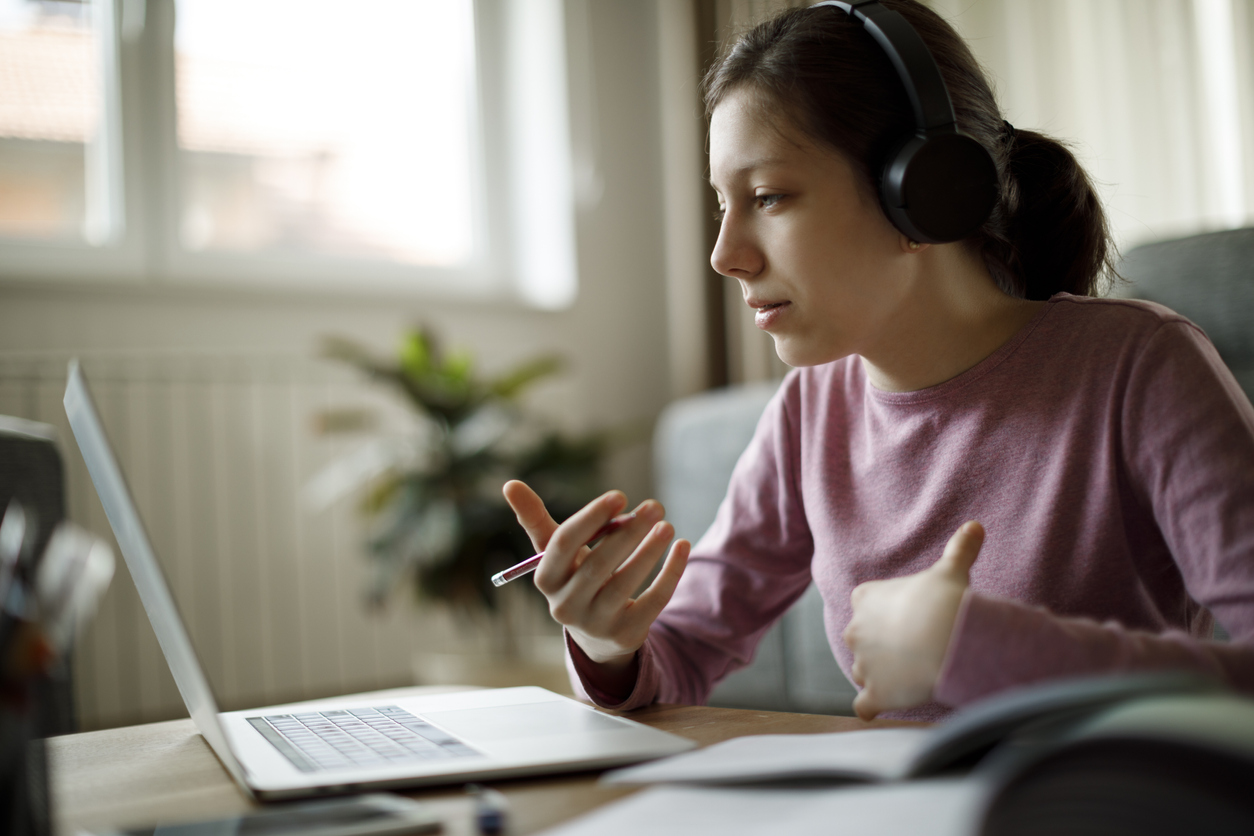
Families in her district are also allowed to transition from at-home learning to in-person learning when they feel ready to, which is nice, but it seems that there are plenty of families who face barriers the make it difficult to access the required technology and tools in the first place:
"The biggest roadblock I've seen have been two sides of the same coin: What happens when a student stops responding? Some of those students simply have tech or access to Wi-Fi issues. The school has attempted to mediate this by having every student take home either a Chromebook or laptop as they are available. But having the hardware doesn't guarantee they can effectively use the software."

